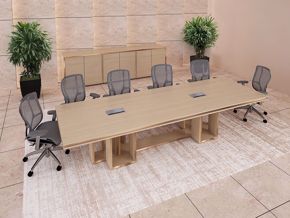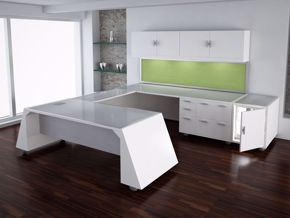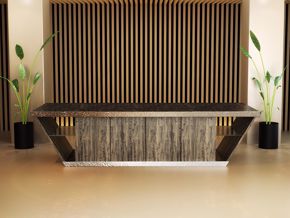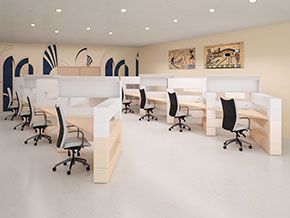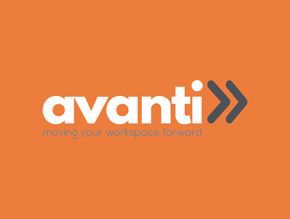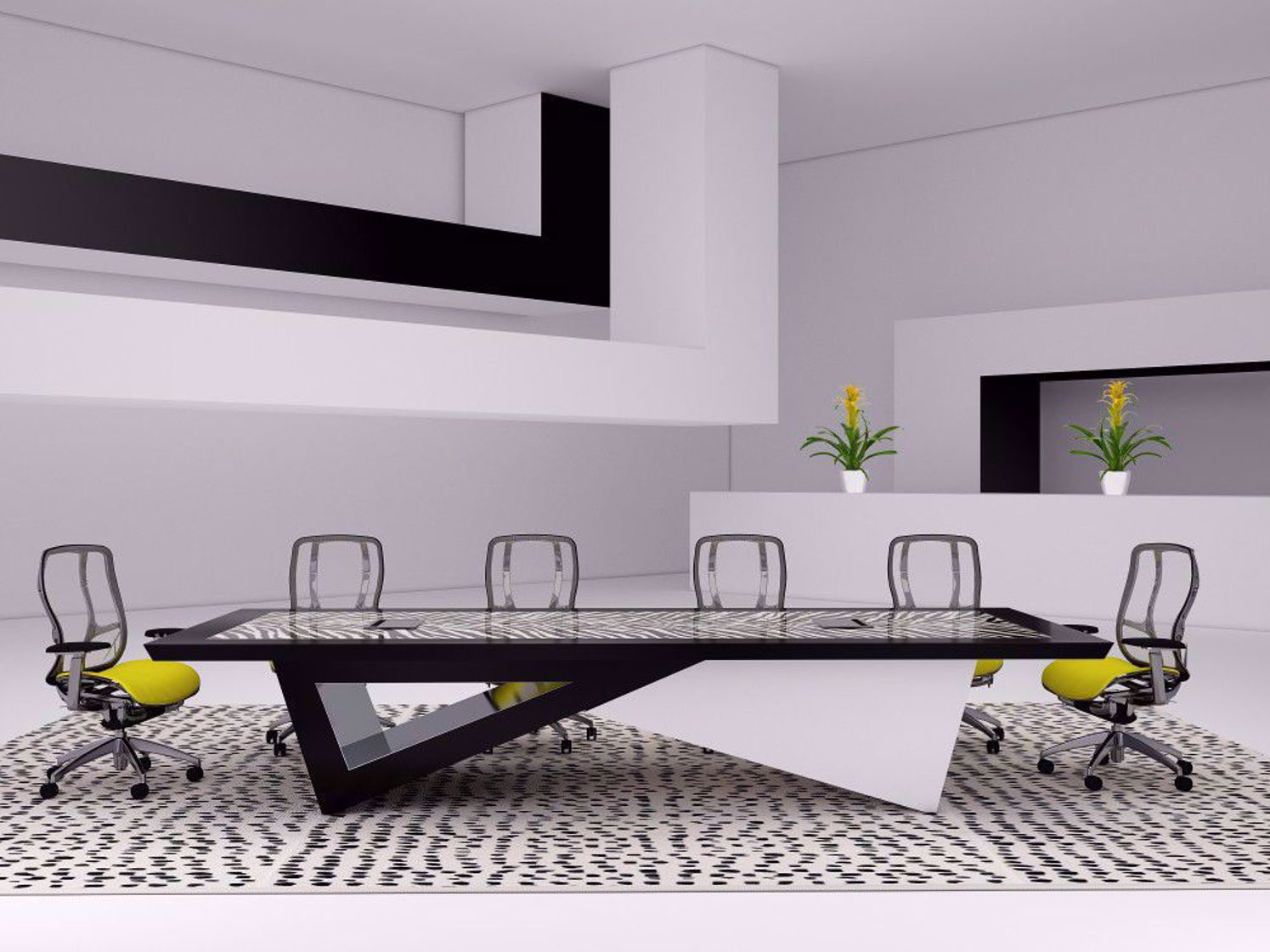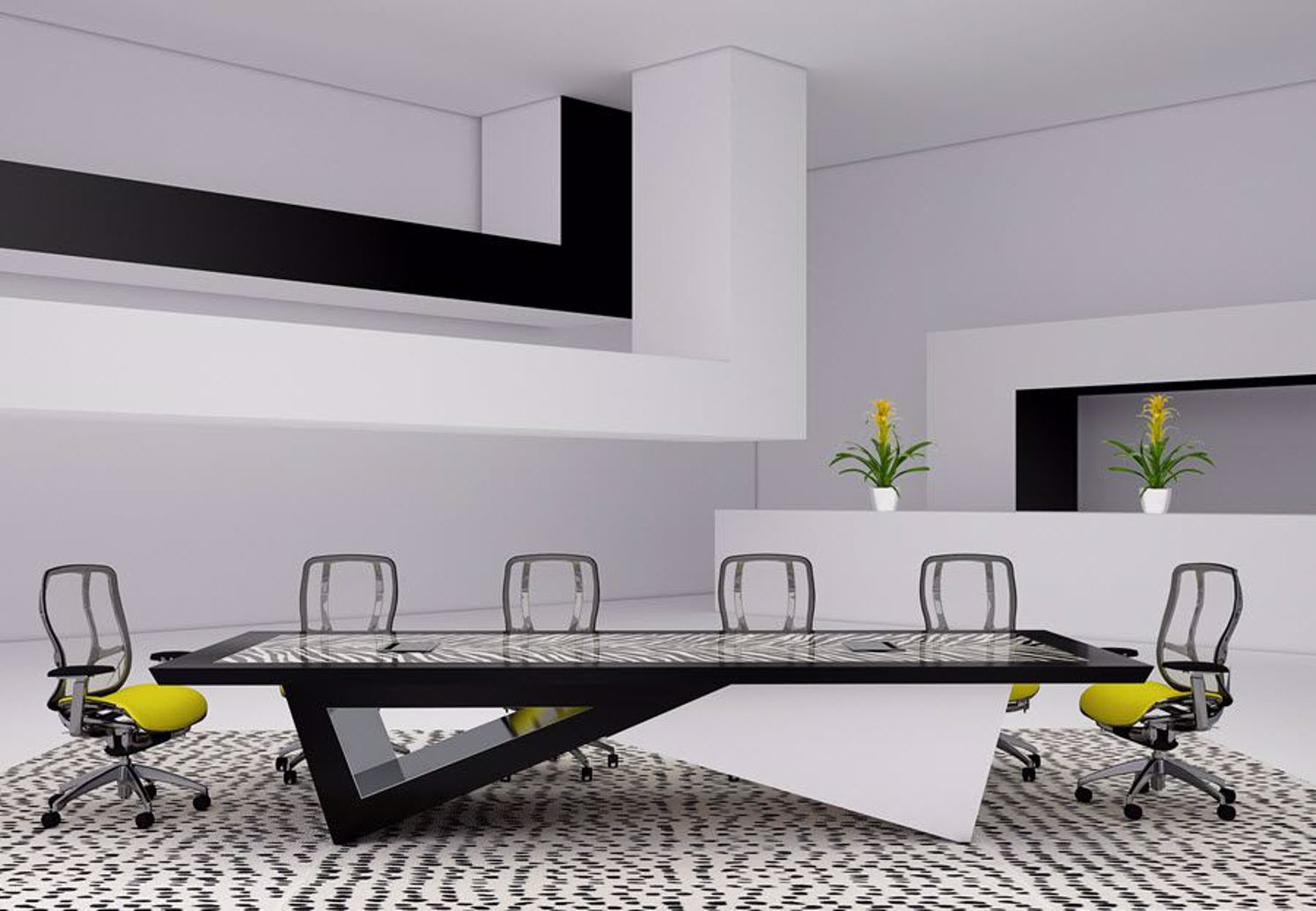Blog posts tagged with '#office design'
Marcello fell in love with our Indiana executive desk and wanted it for his law office. He wanted something modern and trendy. Sara opted in on the Columbus reception desk because she wanted something simplistic and modern for holistic medical practice. Barr wanted an outstanding completely customized conference table for his upscale car dealership, something that would impress visitors.
People don’t believe what you believe. They don’t know what you know or have what you have. Everyone has thoughts swirling around in their heads. Everyone thinks they are right. When it comes to making things better, most everyone wants it and have their version of what that means and how to get it for themselves.
If you haven’t noticed the impact things have on the people around you, you are not alone. Rarely does the average person think of changing their surroundings as a way of affecting human behavior. When we don’t get the response we want from others, we look to change them, not their environment. By focusing strictly on the human side of things, we totally miss the subtle yet powerful impact of objects on our unconscious thinking—the size or scale of a room and the furniture in it, a wall color, the type and comfort level of a chair, and so much more.
In the words of Fred Steele, a sociotechnical theorist, most of us are “environmentally incompetent,” like fish who know nothing but water. In much the same way, our physical environment remains silent. Hidden in plain sight, it doesn’t speak out. There is never any friction, so we don’t realize its presence. Because of this, we miss the impact of things around us on the behavior of others. Stated in reverse, we don’t use things to our advantage to drive change when transforming our workplace.
Whether you’ve given it much thought or not, there are several things you probably want from your office furniture. The materials that your furniture is made from have everything to do with that selection. Choosing the best materials for your application will take you halfway to a great furniture choice.
Things you want your office furniture to deliver:
- These days, most people are looking for office furniture with a modern flair. That means it has to look good, be eye-catching, and remain relevant to the times.
- Another important considerat...
- 2025
- 2024
- 2023
- 2022
- 2021
- 2019
- 2018
- 2017
- 2016
- 2015
- 2014


